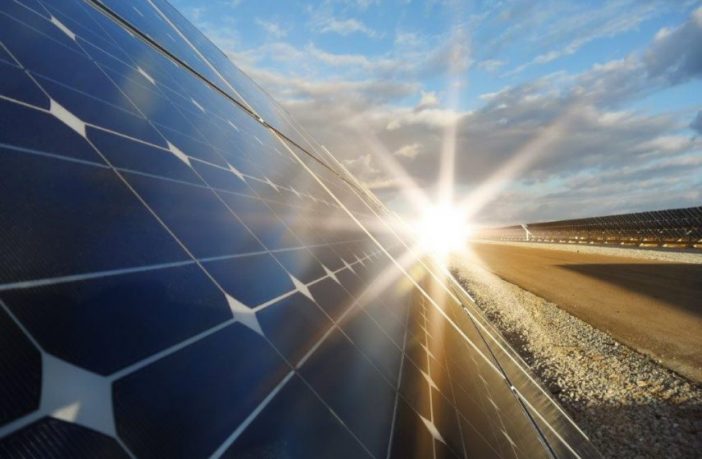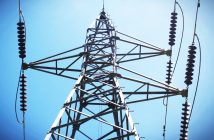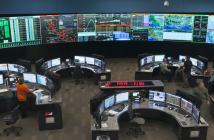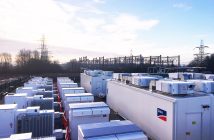- In simple terms, achieving ‘grid parity’ with a photovoltaic installation means solar energy becoming cheaper than electricity traded on the grid.
- Today, solar power has become cheaper than the production cost of any other existing conventional power generation technology.
- The arrival of grid parity heralds a milestone in the history of energy production. It means solar energy being commercially viable without any subsidies or state support; producing energy with the lowest possible environmental impact.
- One of the biggest changes in the market helping to facilitate grid parity is the falling cost of PV components, specifically panels, inverters and mounting structures.
In a recently released white paper, Benedikt Ortmann, Managing Director, BayWa r.e. Solar Projects GmbH, explains what grid parity means to him, where it’s happened and where it’s going next.
Excerpt: The electricity market price is key for any generator producing electricity. Why? It allows a developer, investor or a power producer to determine whether a project is commercially viable. Once achieved, projects can be undertaken without the need for government subsidies or tender processes, which are often the cause of delays and can even result in projects not progressing.
For developers, grid parity frees them from bureaucracy. It’s a catalyst that will prove transformational in increasing the global supply of cost-effective green energy. In other words, for a developer, a grid parity project is able to stand on its own two feet commercially. The project is built and the electricity sold just as any conventional power plant would.
For the first time, renewable energy plants are able to generate cleaner power at the same or even lower prices as conventional power plants. FITs, subsidy schemes and government involvement have been taken out of the equation. Previously thought of as a high cost project for the price of the power, grid parity removes the final hurdles of cost and politics.
Ortmann’s paper also points out that solar PV generation plants can produce power for a much longer period than 20 years. Today, we know for a fact that PV power plants last much longer. But PPAs ensure they are paid for within 20 years or even less, and once the PPA is complete the sunshine will still come for free.
Get your copy of Benedikt Ortmann’s white paper here
Author: Bryan Groenendaal











